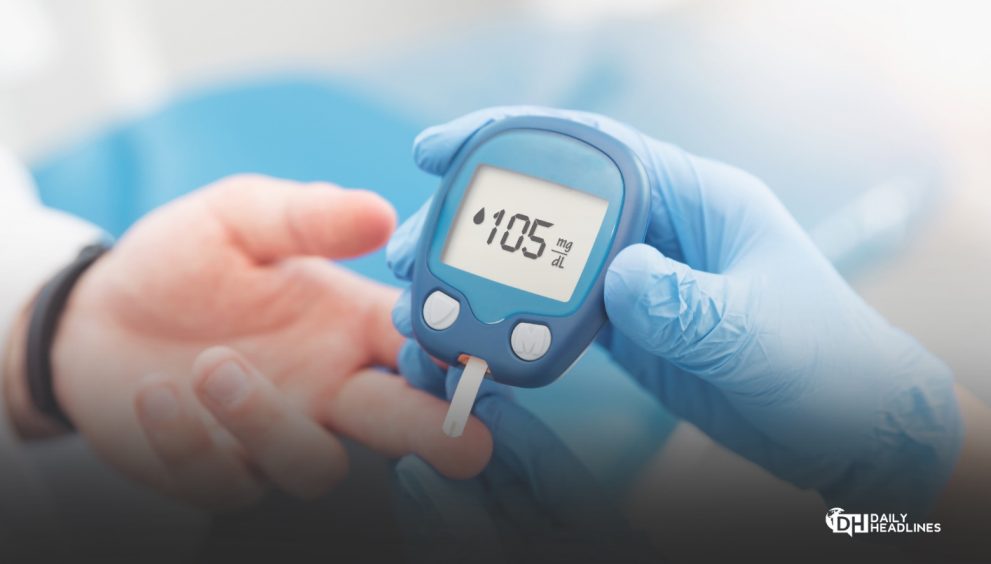Chinese researchers have used a patient’s own stem cells to successfully treat type 1 diabetes in a human for the first time, marking a significant medical advancement. In the battle against diabetes, which affects almost half a billion people worldwide, the experimental treatment, which was implemented at Tianjin First Central Hospital and Peking University, has been heralded as a groundbreaking development.
The subject of this pioneering procedure is a 25-year-old woman from Tianjin who had been living with diabetes for over a decade. After receiving a stem cell transplant, she has not needed insulin shots for over a year, per a peer-reviewed article published in Cell. Her own body fat was used to reprogrammed cells for the brief 30-minute process.
The Procedure That Changed Everything
The medical team used chemically induced pluripotent stem cells (CiPSCs), derived from the woman’s fat tissue. Through a minimally invasive procedure that allowed for careful monitoring and possible retrieval if needed, they were converted into insulin-producing islet cells and placed into her abdominal muscles.
Unlike traditional islet transplants from deceased donors that are placed in the liver, this new method provided several advantages. Not only did it bypass the need for donor organs, but because the cells came from the patient’s own body, it also eliminated the risk of immune rejection – a common barrier in diabetes treatment. The woman’s body started generating enough insulin on its own two and a half months following the transplant to control blood sugar levels. She spent more than 98% of the day in a healthy range, according to her glucose measurements. “I can eat sugar now,” she said joyfully, reporting that she could now eat foods she had previously shunned. I like hotpot once more.
A Turning Point in Diabetes Treatment
Described the result as “stunning.” He mentioned that although the patient used to need large amounts of insulin every day, they are now able to live without injections. “This patient’s diabetes has been totally reversed,” he stated.
This innovation comes after a similar success story in April 2025 in Shanghai, where a stem cell treatment made from his own cells similarly produced great results for a 59-year-old man with type 2 diabetes. These Chinese advancements are indicative of the expanding global movement in diabetes-focused regenerative medicine.
What Comes Next? Trials, Hope, and Global Impact
Despite the initial success, researchers urge caution. The treatment may have been successful since the patient had previously received a liver transplant and was on immunosuppressants. Future research will examine whether comparable outcomes may be obtained without the use of such medications. In the upcoming months, Chinese researchers hope to increase the number of patients in their studies to 10 to 20. Finding out if the process can be expanded, standardized, and repeated across bigger and more varied populations is the goal. Meanwhile, other international trials – like those by Vertex Pharmaceuticals in the U.S. – are testing donor-derived islet cells for diabetes treatment, showing promising early results.
A New Era in Diabetes Treatment Begins
This China-led innovation marks a paradigm shift in how we understand and treat diabetes. While not yet a universal cure, this breakthrough demonstrates that with the right research, resources, and patient-specific strategies, reversing diabetes may one day become the norm rather than the exception.
For millions living with diabetes, this could mean a future free from daily insulin injections, dietary restrictions, and life-threatening complications – a future that just got a little closer.







